Cahors has been shaped by the River Lot, having grown in a U-shaped meander, the city is surrounded by the river on three sides – providing perfect natural defenses to its medieval inhabitants.
It wasn’t until the 7th century that the Bishop Didier erected a fortifications around his growing cathedral. The Bishops of Cahors eventually spread their infleunce across the Lot region, reaching as far as Puy-l’Eveque, controlling the river trade. You can easily imagine Kate Mosse’ middle age, occitan France from her popular novel, Labyrinth, wandering the city’s medieval streets.
By the 13th century local merchants, known as Caorsins, with Lombard bankers fleeing the Cathar crusades (which dominate Mosse’s book) turned the river town into Europe’s chief banking centre.
Eventually the local bishop, Jacques Dueze, was ordained Pope John XXII – the pinnacle of Cahor’s golden age in 1316. It was against this backdrop that building for the fortified bridge, Pont Valentré, began in 1308, as part of the city’s defenses.
It would, in fact, take another 70 years before the Pont’s three towers were complete and local legend has it that the devil had something to do with its complicated build. Apparently the architect, exasperated at the slow progress, sold his soul to the devil in exchange for his assistance.
As the bridge neared completion, the architect attempted to thwart the Devil by giving him a sieve to carry water for the stone masons. The devil took revenge by creeping up the central tower, once darkness fell everyday and removing the last stone – ensuring it would never be finished. Paul Gout, who was in charge of the 19th century restoration, was so taken by this story that he added a small devil to the tower’s east face.
The Cadurciens were certainly getting a reputation for themselves during the Middle Ages. With all that money, inferred corrupt bankers and deals with the devil – Dante’s Inferno even name checks the town, along with Sodom, for being ‘wicked’ and full of ill repute. Being the region’s wine capital perhaps has not done much for the ‘wicked’ reputation!
Cahors is probably best known as the centre for AOC (appellation d’origine contrôlée) ‘black wines’. Grown since the Middle Ages, these wines enjoyed significant popularity throughout Europe and were exported via Bordeaux, long before its famous neighbour had any of its own viniculture. It was even on the wedding table of Eleanor of Aquitaine and Henry Plantagenet in 1152.
In fact, Cahors was the first area to be planted with vines by Roman settlers as far back as 50BC which is celebrated by the appropriately named, ‘garden of inebriation’, set up next to the Pont Valentré and forms part of a unique garden trail across the town.
We spent a very pleasant afternoon wombling around Cahors after we visited the Grotto Du Pech Merle. Slightly out of season, we had the war-torn cathedral and plenty of the medieval streets to ourselves.
We stayed at Le Fargueil near Montaigu de Quercy organised by the team at Halycon Leisure over a long bank holiday. You can read about our stay here and check out their other suggestions for the area here.
Le Fargueil makes a great base for exploring the whole Lot region and we visited Cahors as well as Lauzerte, Mossiac and several vineyards. All to be featured on the blog!

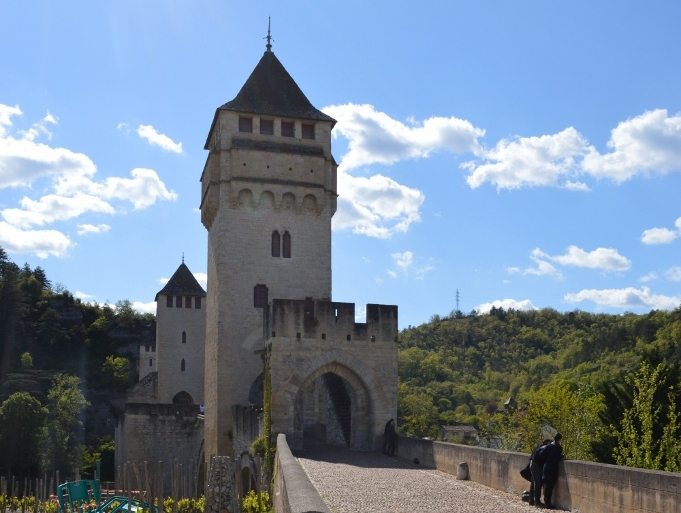
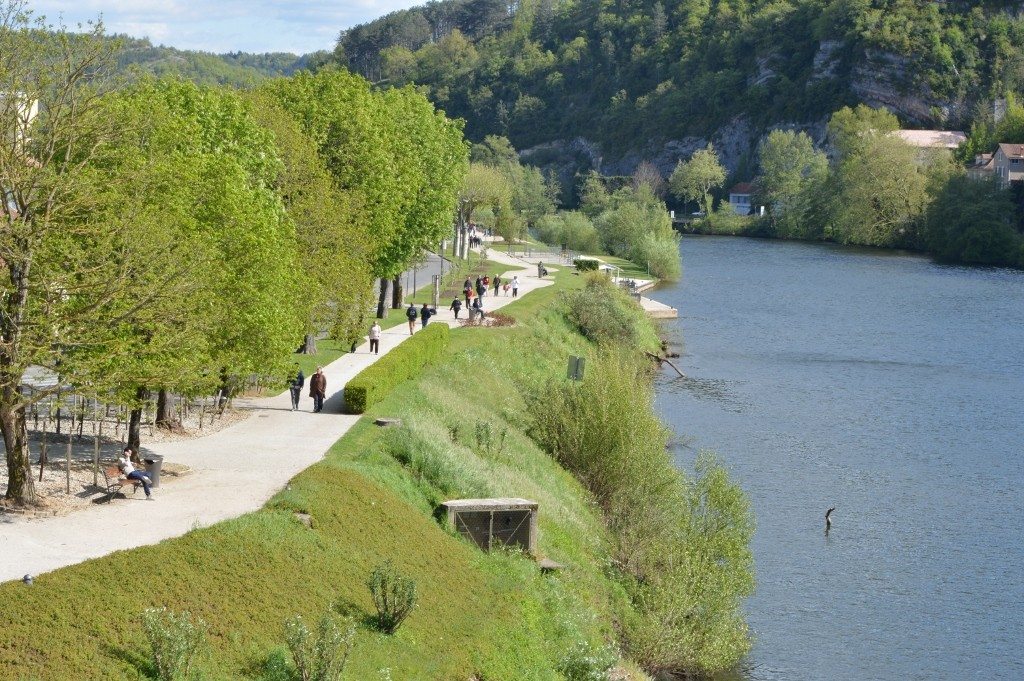
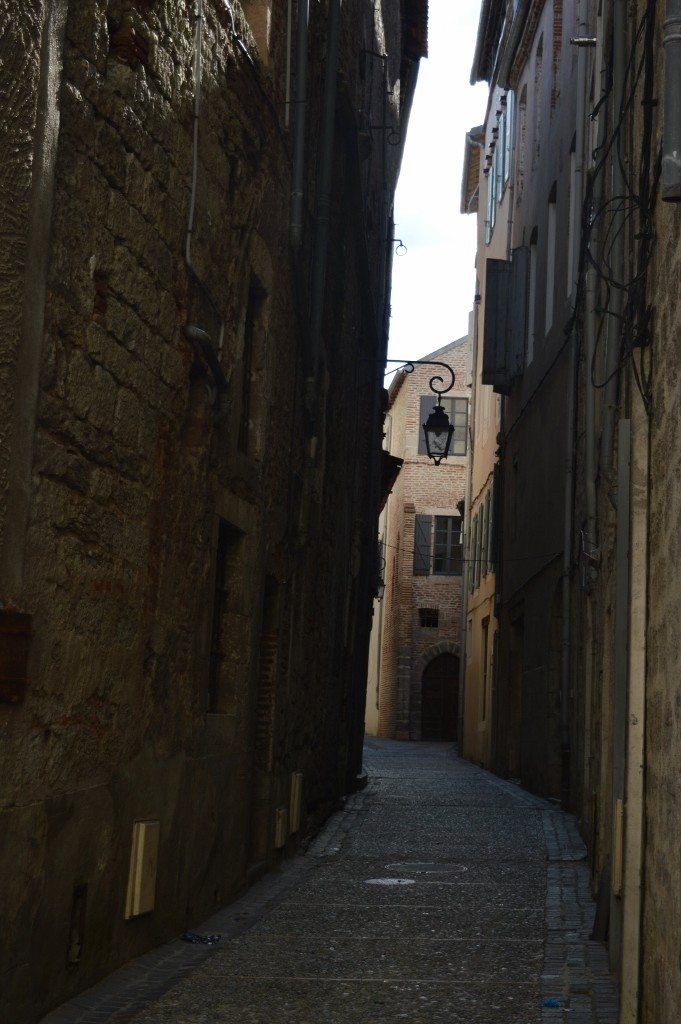
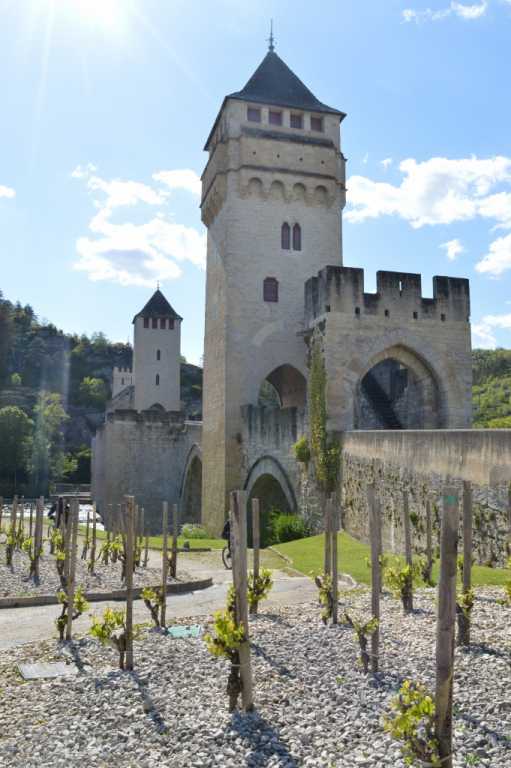
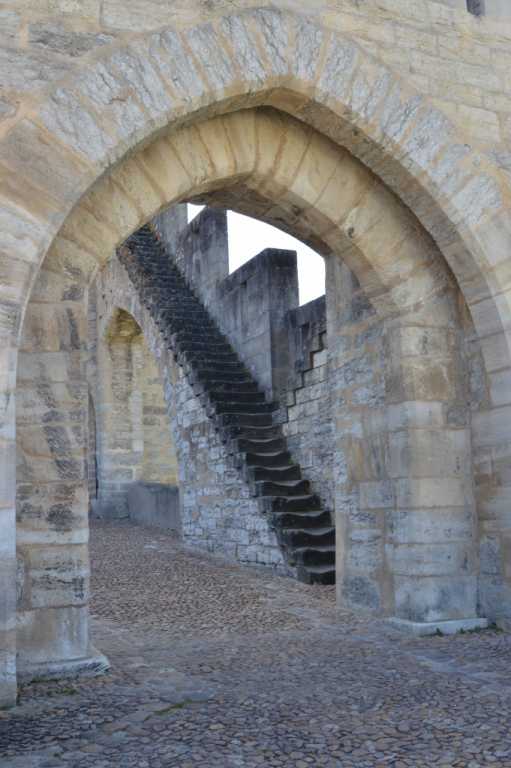
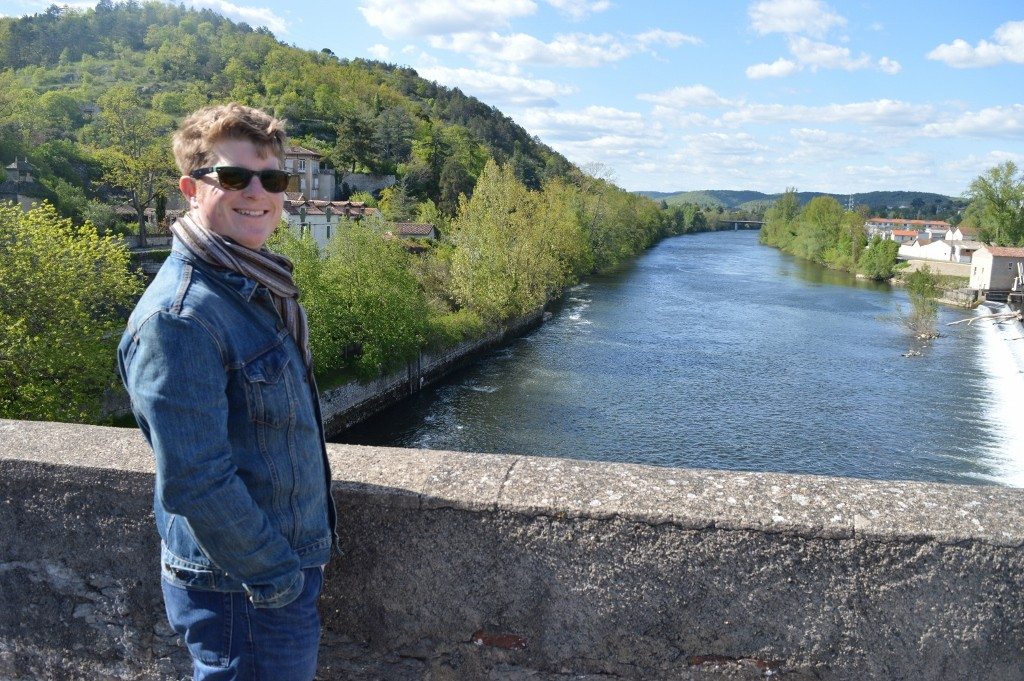
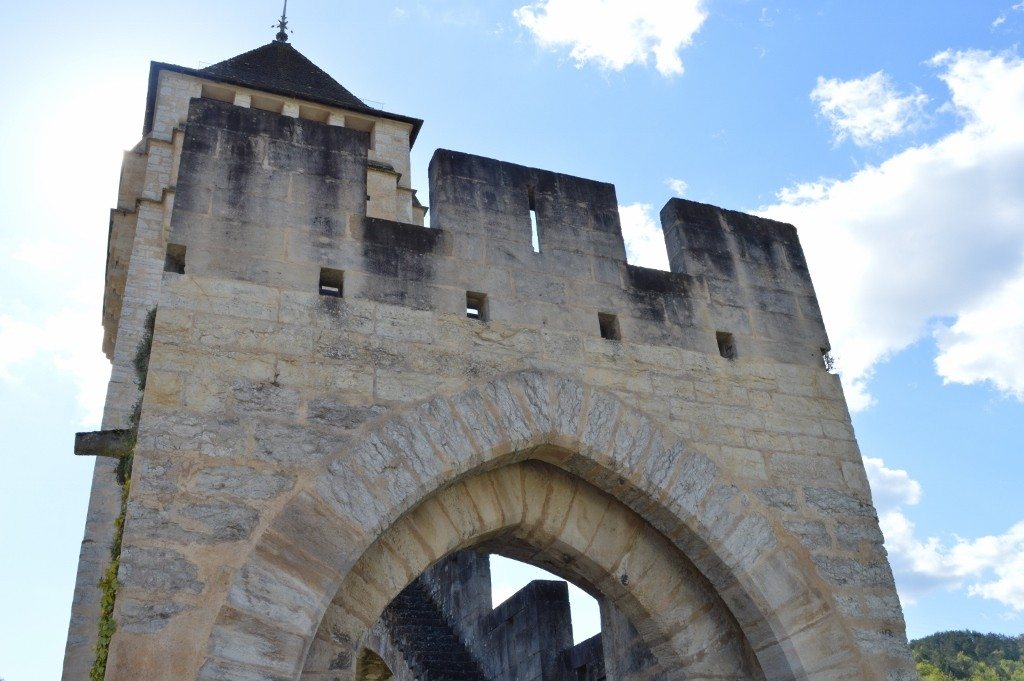










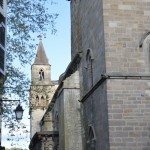





Thanks for this article !
See you soon 😉